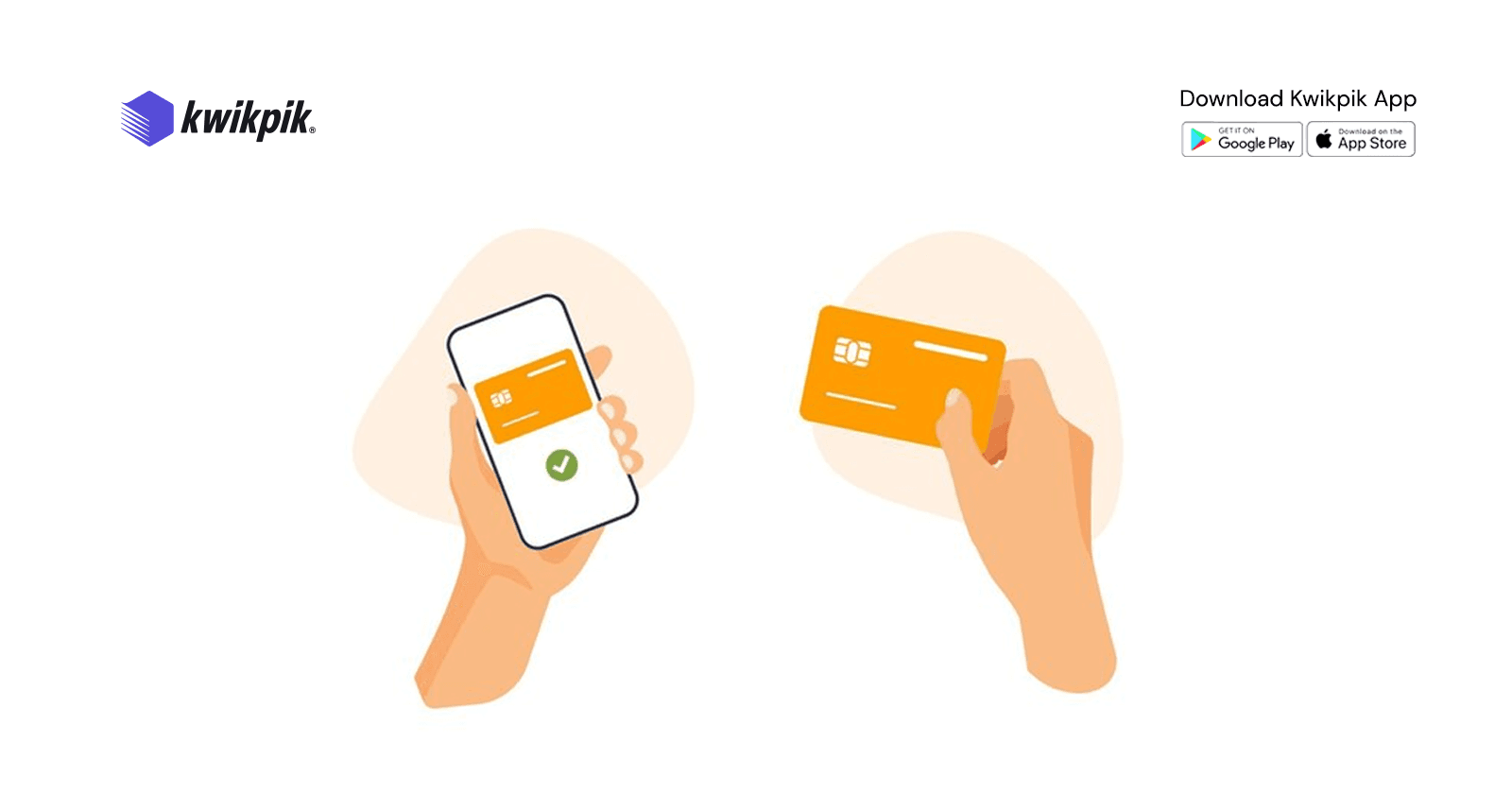
Virtual Cards Vs Physical Cards: Differences & Benefits
4 mins read
In today's world, the choice between virtual cards and physical cards has become significant for consumers and businesses alike. These two payment methods serve the same fundamental purpose, facilitating transactions but they come with distinct features, benefits, and drawbacks that cater to different needs.
Virtual cards, existing solely in digital format, offer enhanced security and convenience for online shopping which minimizes the risk of fraud. On the other hand, physical cards, with their tangible presence, primarily for in-person transactions and cash withdrawals, provide a sense of familiarity and reliability.
This article will discuss the key distinctions, advantages, and potential drawbacks of each option, helping you determine which card type best suits your lifestyle and spending habits. Whether you prioritize security, convenience, or versatility, the decision between virtual and physical cards can significantly impact your financial management.
Comparison Between Virtual Cards and Physical Cards
| Feature | Virtual Cards | Physical Cards |
| Form | Digital only; no physical presence | Tangible; mostly made of plastic |
| Usage | Primarily for online transactions | Used for both online and in-person transactions |
| Accessibility | Accessed via mobile apps or online platforms | Available in wallets for immediate use |
| Setup | Quick online setup; no physical production needed | Longer setup involving card production and delivery |
| Cash Withdrawals | Not usable at ATMs | Usable for cash withdrawals at ATMs |
Advantages and Disadvantages of Virtual Cards
| Advantages of Virtual Cards | Disadvantages of Virtual Cards |
| Users can generate virtual cards instantly through mobile apps, allowing for quick access to payment methods without waiting for physical card delivery. | Not all merchants accept virtual cards, especially for in-person transactions. This can limit their usability in certain situations, such as at brick-and-mortar stores or for travel bookings. |
| Virtual cards often allow users to set spending limits and create specific cards for designated vendors or expenses, making it easier to manage budgets and prevent overspending. | One of the drawbacks of virtual cards is that they must be stored in mobile wallets or payment apps, requiring access through a smartphone or laptop. If your device runs out of battery or experiences connectivity issues, you won't be able to use your virtual cards. |
| Transactions made with virtual cards can be easily tracked and categorized, simplifying expense management and reconciliation processes. | Virtual cards cannot be used to withdraw cash from ATMs, which can be a drawback for users who need access to physical currency. |
Also Read:
Advantages and Disadvantages of Physical Cards
| Advantages of Physical Cards | Disadvantages of Physical Cards |
| Physical cards are widely accepted at both online and offline merchants, making them versatile for various types of transactions, including travel and in-store purchases. | Physical cards are vulnerable to theft, loss, and cloning. If compromised, users must go through the stress of canceling the card and waiting for a replacement. |
| Physical cards can be used at ATMs for cash withdrawals, providing users with immediate access to funds when needed. | While physical cards have credit limits, they do not offer the same level of customization for spending limits as virtual cards, which can lead to overspending. |
| Many consumers are more comfortable using physical cards, especially in traditional retail environments where they are required to swipe or tap a card. | Tracking expenses with physical cards often requires keeping receipts and manually entering data, which can be time-consuming and prone to errors. |
Conclusion
Choosing between virtual and physical cards depends on individual needs and preferences. Virtual cards are ideal for online shopping, offering enhanced security and convenience, while physical cards provide versatility for in-person transactions and cash withdrawals. For many users, a combination of both card types may be the best approach, leveraging the strengths of each to suit different purchasing scenarios. By understanding the differences and evaluating personal spending habits, users can make informed decisions that enhance their financial management and security.
Here's How Kwikpik Can Help Your Business
Once you've made your decision on which card suits your needs and your online purchases, you'll need a reliable delivery service to bring your items to your doorstep. That's where Kwikpik comes in.
With our user-friendly app, you can easily manage deliveries and track your packages in real-time.
We also offer features like:
Same-day and next-day delivery options.
Affordable pricing without hidden costs.
Delivery to remote areas across Nigeria.
Insurance and packaging services to secure your deliveries.
To learn more about our products and services, visit our website.
Download our app| Become a rider| Become a business partner| Visit our social channels


